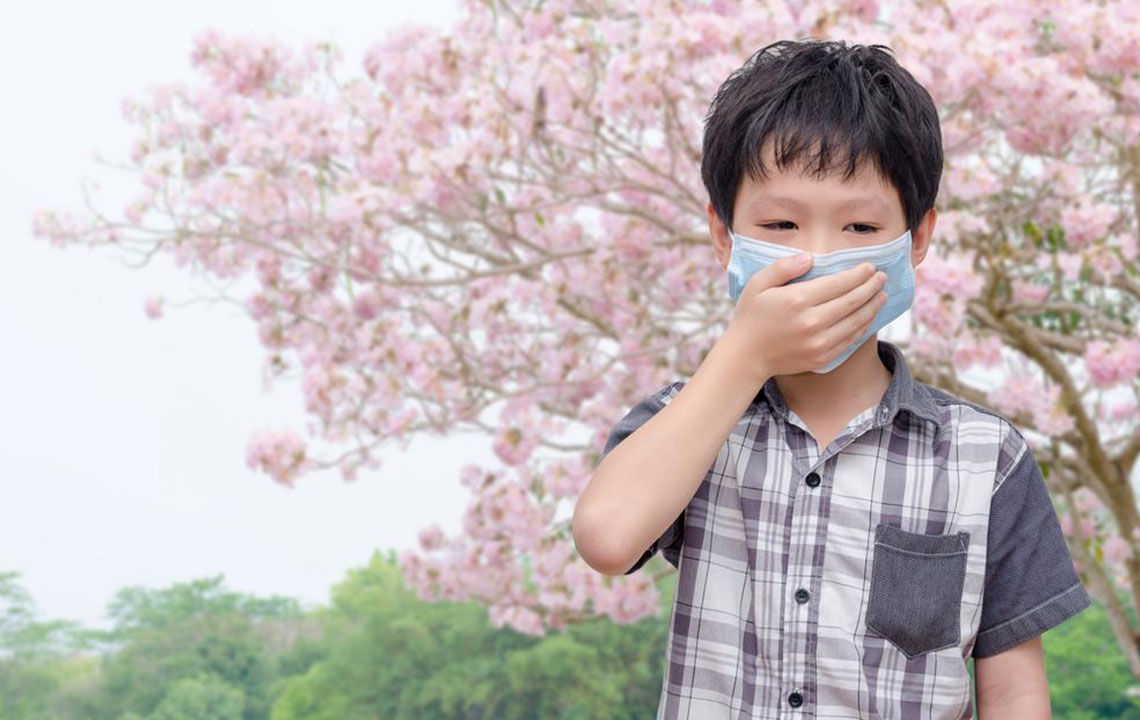Common Signs of Pollen Allergy You Should Know
People have allergy from various things like dust, fabric, or even pollen. Out of these, pollen allergy is mostly seasonal as people are usually allergic to certain pollens that are present in the air during specific seasons. When they come in contact with that pollen, they suffer from the particular outcome. Whatever the type of pollen is, the pollen allergy signs remain more or less the same. According to various studies that have been conducted, pollen allergy has been proven to be the most widespread form of allergy.

Pollens from various plants are known to cause allergic reactions. Some of these are birch, weeds, grass, cedar, oak, pecan and hickory. Around 30% of the adult population in the country have been proven to have a pollen allergy, and around 40% of the children are suffering from the same. The symptoms usually show themselves when the person is still in their childhood and usually fades over time. The main reason behind the condition being widespread in the country is the warm fall season which is immediately followed by heavy snowfall in winter when the temperatures go down to a minimum. The most widely seen symptoms of pollen allergy are discussed below.
Sneezing
Sneezing is something that everyone experiences but sneezing due to pollen allergy is something different. The person keeps sneezing over and over again giving a clear sign of pollen allergy and is one of the most common pollen allergy signs. The sneezing can occur at any time of the day, but it mostly happens when a person wakes up in the morning. You can keep a dust mask by your bed and wear it the moment you wake up to avoid the series of sneezing sessions in the morning. But you must make sure that your dust mask is kept clean all the time.
Runny nose
A runny nose usually accompanies the uncomfortable sneezing sessions. No matter how many time you wipe your nose, it still goes on and on. Not only this, but some people even experience an itchy experience in their nose which makes them even more prone to sneezing and the runny nose persists as a symptom which makes the situation all the more irritating.
Cough
Among other pollen allergy signs, cough is another most prevalent one. There is always a tickling sensation in the throat which leads to a cough. A cough also arises due to postnasal drip which occurs due to the allergy. Now you must be wondering what a postnasal drip is. When you have a constant runny nose, the fluid from the nose keeps coming out, but some of the fluid even goes back into the throat. This fluid which undergoes a backflow into the throat is called the postnasal drip. The postnasal drip is triggered by the formation of excess mucus.
Pinkeye
Pinkeye is one of the well-known pollen allergy signs in which the eye continue to itch constantly and becomes red with water trickling from it like tears. Pinkeye is also widely known as conjunctivitis. The coloration changes because of the inflammation of the conjunctiva. The white corner of the eye becomes red, and sometimes there is also a white discharge seen coming out from the eyes. Another common symptom is that the eye becomes lined with a thick yellow crust when you wake up in the morning. Pinkeye leads to blurred vision and constant watering.
Headaches
The pollen allergy signs also include a persistent headache and a blocked nose. This mostly happens because there is an excessive production of mucus which usually blocks the nasal passages. This blockage leads to a sinus pain and can even result in difficulty in breathing due to a blocked nose. Those who have asthma have a difficult time during pollen allergies. Pollen allergy signs include wheezing, and this aggravates in those who have asthma. If you find that the day is windy and cold, you should better stay indoors and avoid exposure to the outside air as much as possible.
There are several steps that you can take to curb the pollen allergy signs. Leave gardening to others and keep the windows of your room closed on windy days. Since pollen numbers are high in their respective seasons, the pollens are always in the air. So you must not go out unnecessarily. You can take medications like antihistamines which will help you get relief from the symptoms. Take decongestants to open the blocked nose and clear the nasal passages which become blocked the mucus.
Pollen sensitivity varies from person to person. Two people may not be sensitive to the same pollen. If your family members are already allergic to pollens, then there are high chances for you to develop an allergy too. So if you face any of the symptoms mentioned above, it is always better to consult a doctor.


